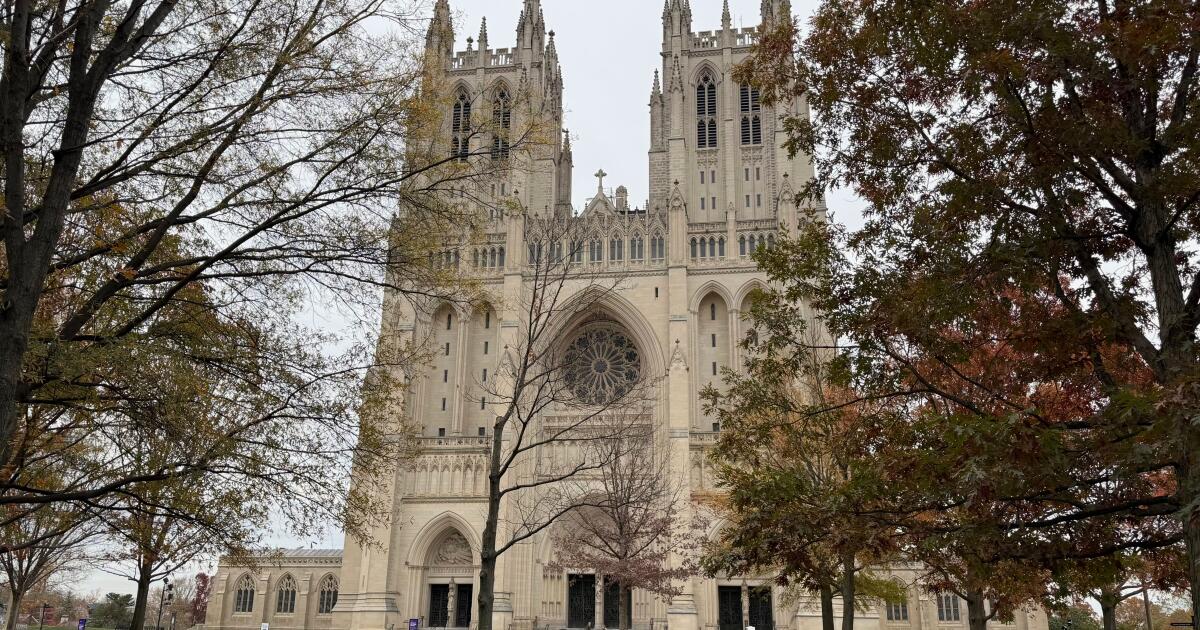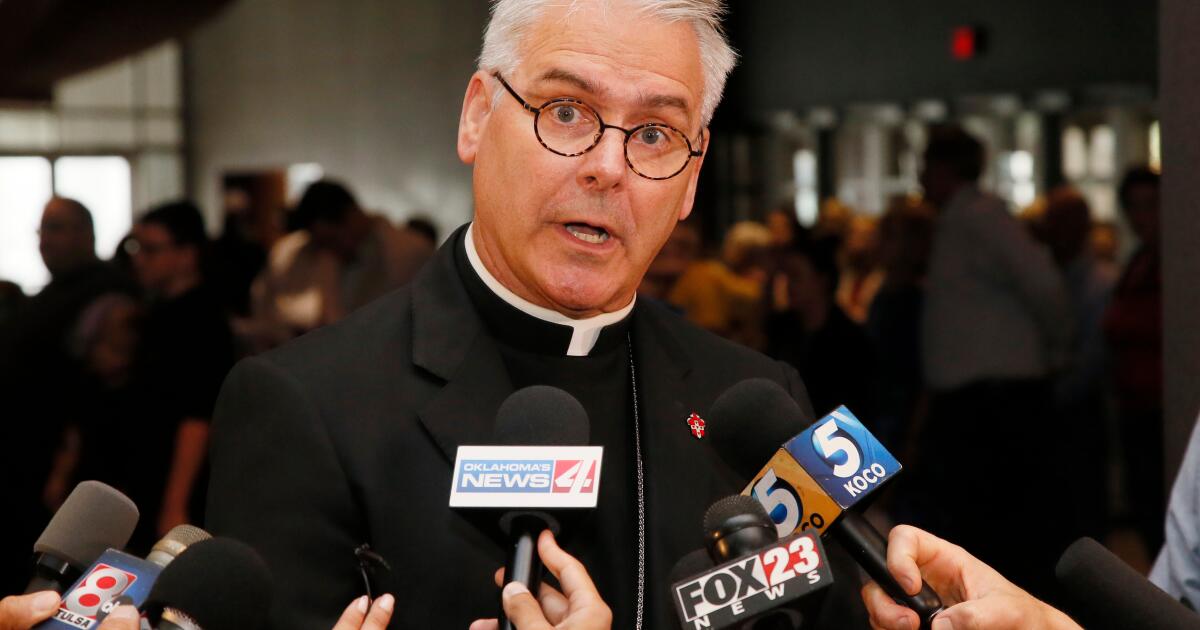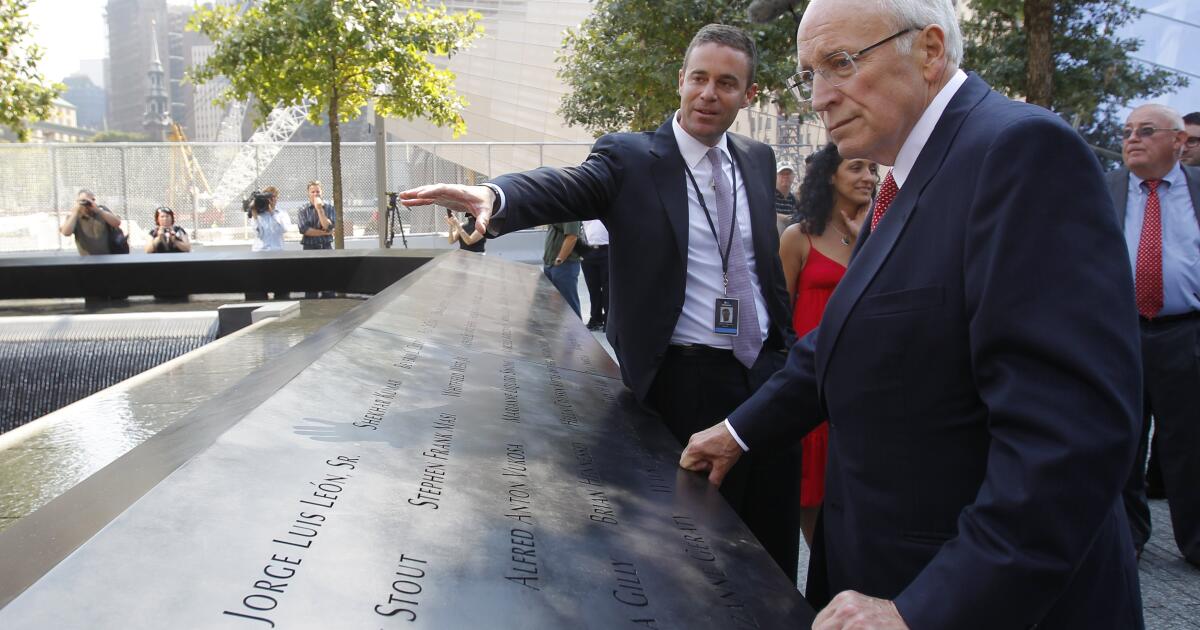WASHINGTON — Dick Cheney was the public face of the George W. Bush administration’s boundary-pushing approach to surveillance and intelligence collection in the years after the Sept. 11, 2001, attacks.
An unabashed proponent of broad executive power in the name of national security, Cheney placed himself at the center of a polarizing public debate over detention, interrogation and spying that endures two decades later.
“I do think the security state that we have today is very much a product of our reactions to Sept. 11, and obviously Vice President Cheney was right smack-dab in the middle of how that reaction was operationalized from the White House,” said Stephen Vladeck, a Georgetown University law professor.
Prominent booster of the Patriot Act
Cheney was arguably the administration’s most prominent booster of the Patriot Act, the law enacted nearly unanimously after 9/11 that granted the U.S. government sweeping surveillance powers.
He also championed a National Security Agency warrantless wiretapping program aimed at intercepting international communications of suspected terrorists in the U.S., despite concerns over its legality from some administration figures.
If such an authority had been in place before Sept. 11, Cheney once asserted, it could have led the U.S. “to pick up on two of the hijackers who flew a jet into the Pentagon.”
Law enforcement and intelligence agencies still retain key tools to confront potential terrorists and spies that came into prominence after the attacks, including national security letters that permit the FBI to order companies to turn over information about customers.
But courts also have questioned the legal justification of the government’s surveillance apparatus, and a Republican Party that once solidly stood behind Cheney’s national security worldview has grown significantly more fractured.
The bipartisan consensus on expanded surveillance powers after Sept. 11 has given way to increased skepticism, especially among some Republicans who believe spy agencies used those powers to undermine President Trump while investigating ties between Russia and his 2016 campaign.
Congress in 2020 let expire three provisions of the Patriot Act that the FBI and Justice Department had said were essential for national security, including one that permits investigators to surveil subjects without establishing that they’re acting on behalf of an international terror organization.
A program known as Section 702 of the Foreign Intelligence Surveillance Act, which permits the U.S. government to collect without a warrant the communications of non-Americans located outside the country for the purpose of gathering foreign intelligence, was reauthorized last year — but only after significant negotiations.
“I think for someone like Vice President Cheney, expanding those authorities wasn’t an incidental objective — it was a core objective,” Vladeck said. “And I think the Republican Party today does not view those kinds of issues — counterterrorism policy, government surveillance authorities — as anywhere near the kind of political issues that the Bush administration did.”
As an architect of the U.S. invasions of Afghanistan and Iraq, Cheney pushed spy agencies to find evidence to justify military action.
Along with others in the administration, Cheney claimed Iraqi President Saddam Hussein was developing weapons of mass destruction and had ties to al-Qaida. They used that to sell the war to members of Congress and the American people, though it was later debunked.
The faulty intelligence used to justify the invasion of Iraq is held up as a significant failure by America’s spy services and a demonstration of what can happen when leaders use intelligence for political ends.
The government’s arguments for war fueled a distrust among many Americans that still resonates with some in Trump’s administration.
“For decades, our foreign policy has been trapped in a counterproductive and endless cycle of regime change or nation building,” Tulsi Gabbard, the director of the Office of National Intelligence, said in the Middle East last week.
Many lawmakers who voted to support using force in 2003 say they have come to regret it.
“It was a mistake to rely upon the Bush administration for telling the truth,” Sen. Ed Markey, D-Mass., said on the invasion’s 20th anniversary.
Expanded war powers
Trump has long criticized Cheney, but he’s relying on a legal doctrine popularized during Cheney’s time in office to justify deadly strikes on alleged drug-running boats in Latin America.
The Trump administration says the U.S. is engaged in “armed conflict” with drug cartels and has declared them unlawful combatants.
“These narco-terrorists have killed more Americans than Al-Qaeda, and they will be treated the same,” Defense Secretary Pete Hegseth said Oct. 28 on social media. ”We will track them, we will network them, and then, we will hunt and kill them.”
After 9/11, the Bush-Cheney administration authorized the U.S. military to attack enemy combatants acting on behalf of terror organizations. That prompted questions about the legality of killing or detaining people without prosecution.
Cheney’s involvement in boosting executive power and surveillance and “cooking the books of the raw intelligence” has echoes in today’s strikes, said Jim Ludes, a former national security analyst who directs the Pell Center for International Relations and Public Policy at Salve Regina University.
“You think about his legacy and some of it is very troubling. Some of it is maybe what the moment demanded,” Ludes said. “But it’s a complicated legacy.“
Vladeck noted an enduring legacy of the Bush-Cheney administration was “to blur if not entirely collapse lines between civilian reactions to threats and military ones.”
He pointed to designating foreign terrorist organizations, a tool that predated the Sept. 11 attacks but became more prevalent in the years that followed. Trump has used the label for several drug cartels.
Contemporary conflicts inside the government
Protecting the homeland from espionage, terrorism and other threats is a complicated endeavor spread across the government. When Cheney was vice president, for instance, agencies like the Department of Homeland Security and the Office of the Director of National Intelligence, or ODNI, were established.
As was the case then, the division of labor can still be disputed, with a recent crack surfacing between Director Kash Patel’s FBI and the intelligence community led by Gabbard.
The FBI said in a letter to lawmakers that it “vigorously disagrees” with a legislative proposal that it said would remove the bureau as the government’s lead counterintelligence agency and replace it with a counterintelligence center under ODNI.
“The cumulative effect,” the FBI warned in the letter obtained by The Associated Press, “would be putting decision-making with employees who aren’t actively involved in CI operations, knowledgeable of the intricacies of CI threats, or positioned to develop coherent and tailored mitigation strategies.”
That would be to the detriment of national security, the FBI said.
Spokespeople for the agencies later issued a statement saying they are working together with Congress to strengthen counterintelligence efforts.
Tucker and Klepper write for the Associated Press.



